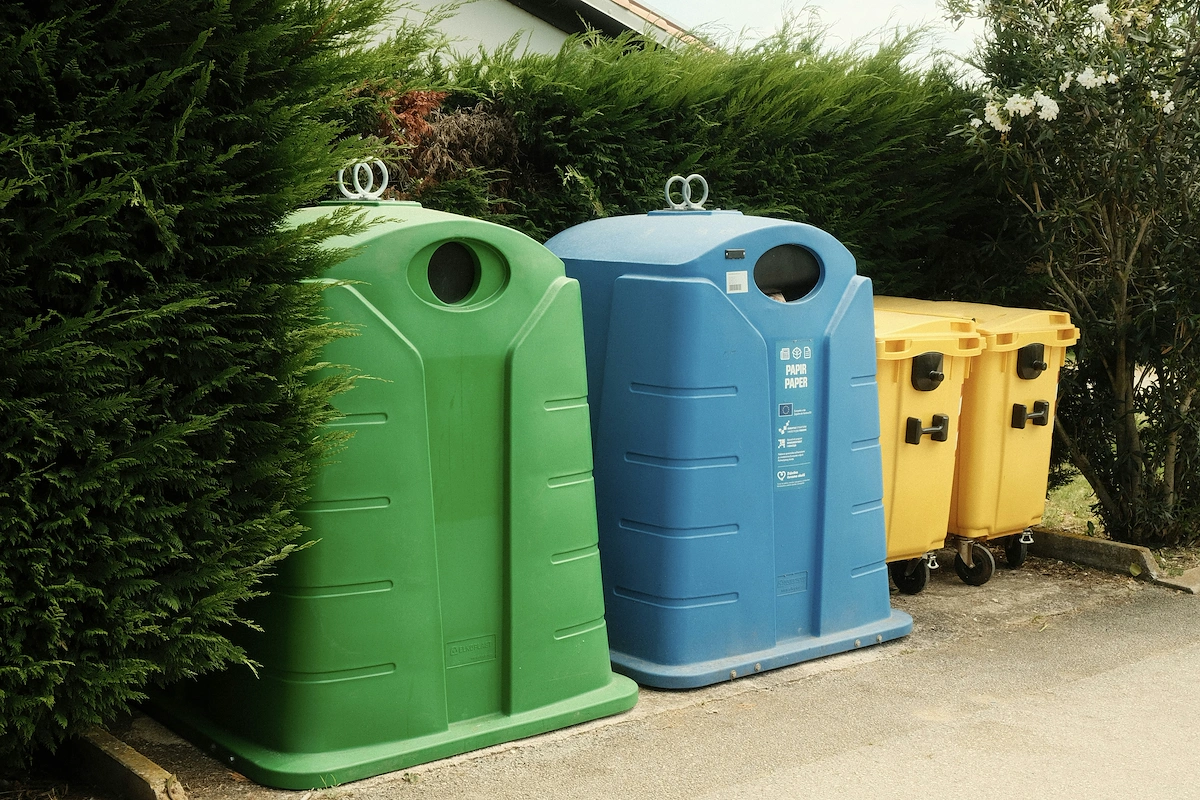When you learn how to start a cleaning business, you tap into a market where you can quickly become profitable. It's an industry with high demand across both residential and commercial sectors, and it requires low startup costs.
The market is set for major growth, with the global cleaning services market projected to reach USD 734.81 billion by 2032. Our eight-step guide will walk you through the entire process, from planning to landing your first clients.
Step 1: Choose your cleaning market and specialty
The first step in learning how to start a cleaning business is deciding who you will serve. Your two primary markets are residential (homes) and commercial (offices). This decision will shape your hours, rates, and equipment needs.
Commercial clients often provide recurring contracts and larger jobs, while residential cleaning offers more flexible scheduling. A clear focus helps you concentrate marketing efforts and build a strong reputation within a specific community.
Specializing further helps you stand out. You could focus on move-in/move-out services or eco-friendly cleaning. The latter is popular, with research showing 71% of U.S. consumers are willing to choose eco-friendly options.
By defining your market and specialty early, you simplify every subsequent decision, from the supplies you buy to the clients you target.
Step 2: Create a simple business plan
A business plan doesn’t need to be complicated. Think of it as a simple roadmap that guides your decisions and keeps you focused on profitability. This document is crucial if you seek funding from lenders.
To streamline this process, you can use a good plan covers four key areas:
- Detail the services you will offer, specifying residential or commercial cleaning and any specialties like eco-friendly options.
- Define your target market by describing your ideal customer based on the niche you chose in the first step.
- Explain your marketing strategy, outlining how you will find your first clients through local ads or online platforms.
- Create basic financial projections that estimate your startup costs, pricing structure, and profitability timeline.
Having these details on paper clarifies how to start a cleaning business and helps you track your progress toward your goals.
Step 3: Calculate your startup costs
Accurately calculating your expenses is one of the most critical parts of learning how to start a cleaning business. A clear budget prevents overspending and sets a direct path to profitability. Costs can be divided into two categories.
1 One-time startup costs: equipment, supplies, and legal fees
These are the initial investments you'll need to make to get your business operational. Most new cleaning businesses can get started for a few thousand dollars, but your specific market and services will determine the exact amount.
Your primary one-time costs will likely include:
- A commercial-grade vacuum cleaner, mops, and buckets.
- An initial stock of cleaning solutions, microfiber cloths, sponges, and gloves.
- Business registration fees with your state or local government.
- A down payment for your business insurance policy.
2 Ongoing operational costs: software, insurance, and marketing
These are the recurring expenses required to run your business day-to-day. Tracking these costs carefully is essential for maintaining a healthy profit margin and ensuring you price your services correctly.
Key operational costs include monthly insurance premiums, marketing, fuel, and restocking supplies.
Tools like business management suite can help you streamline these tasks by combining invoicing, expense tracking, and client management in one platform.
Step 4: Secure funding for your business
When learning how to start a cleaning business, securing capital can help you grow faster. Many owners start by bootstrapping—using their personal savings to cover all initial expenses.
Another path is funding from friends or family. If you choose this route, it is wise to create a formal agreement. This clarifies expectations and protects your personal relationships from business-related strain.
A business loan is another common option. The U.S. Small Business Administration (SBA) offers loan programs that can make it easier for new entrepreneurs to qualify for financing with partner lenders.
Look into small business grants. While highly competitive, they provide funding you don't have to repay. Check for local or federal programs that support new entrepreneurs in your area.
Step 5: Complete the legal requirements
Handling the legal details is a foundational step in building a trustworthy and sustainable company.
This protects you from liability and ensures you operate in compliance with local and federal laws, a key part of how to start a cleaning business.
Choose and register your business structure
Your business structure affects your taxes and personal liability. Most new cleaning businesses choose one of two common paths.
A sole proprietorship is the simplest structure, with no legal separation between you and the business. An LLC (Limited Liability Company) costs more to set up but provides a crucial layer of personal liability protection.
You can learn more about which structure is right for you on the SBA’s business structure page. After choosing, you’ll need to register your business name with your state.
Secure the necessary licenses, permits, and insurance
First, check with your city and county government to see which business licenses and permits are required to operate. Requirements vary significantly by location.
Next, secure business insurance. This is non-negotiable for protecting your assets. Key policies to consider include:
- General liability insurance to cover accidental property damage or client injuries.
- A surety bond (or bonding insurance) to protect clients from theft.
- Workers' compensation if you plan to hire employees.
Finally, if you offer eco-friendly services, using products certified by the EPA's Safer Choice program can add credibility and ensure compliance.
Step 6: Set your cleaning service prices
Setting the right prices is a key part of learning how to start a cleaning business successfully. Your goal is to cover all your costs, pay yourself a fair wage, and remain competitive enough to attract clients.
First, decide on a pricing model. Common approaches include charging an hourly rate, a flat fee per job, or pricing based on square footage. Many businesses offer clients more than one option.
Next, research what competitors in your area are charging. This gives you a baseline for the local market. Check their websites or online service marketplaces to get a feel for current rates.
Your final price should also factor in your unique costs and value. Consider your expenses from Step 3 and whether you offer premium services, like deep cleaning or using specialized eco-friendly products.
As your experience and reputation grow, clients often accept higher fees. This reflects the trust and quality your business has built over time.
Step 7: Market your business to get clients
Marketing is a key step when learning how to start a cleaning business. Proactive outreach is essential for building a steady client base and establishing your reputation in the local community.
Create a professional website and local SEO strategy
Think of your website as your digital storefront. It should clearly list your services, service area, and contact information. A clean, professional site builds immediate trust with potential clients searching for your services online.
Next, focus on local search engine optimization (SEO). The first and most important step is to create a free Google Business Profile. This allows your business to appear on Google Maps and in local search results.
Make sure your website and profile include keywords potential clients are searching for, such as "office cleaning in [Your City]" or "move-out cleaning services near me." This helps you attract relevant local traffic.
Leverage social proof and local networking
Social proof, like customer reviews and testimonials, is incredibly powerful. Positive feedback on your Google Business Profile and website builds trust and convinces potential customers to hire you.
Don't underestimate the power of local networking. Connect with realtors, property managers, and other local business owners who can refer clients to you. Strong word-of-mouth referrals are often the best source of new business.
Step 8: Simplify checkout and get paid in seconds using JIM
For a brand-new cleaning business, JIM turns your smartphone into a fully fledged, contact-less card reader, letting you collect payments the moment you finish a job—no bulky terminals or extra hardware needed.
That means your technicians can move from home to home or office to office with just their cleaning kit and a phone, and accept contactless payments in seconds by just tapping the client’s cards or phones with digital wallets like Apple Pay or Google Pay.
The smoother checkout experience not only looks professional and trustworthy to clients but also eliminates the “Sorry, I don’t have cash” hurdle that often slows down small service companies.
Just as important, JIM’s transparent 1.99 % flat fee keeps your costs predictable while instant payouts land the funds on your virtual JIM Visa® prepaid card within seconds of each sale.
Download JIM and start selling smarter.















